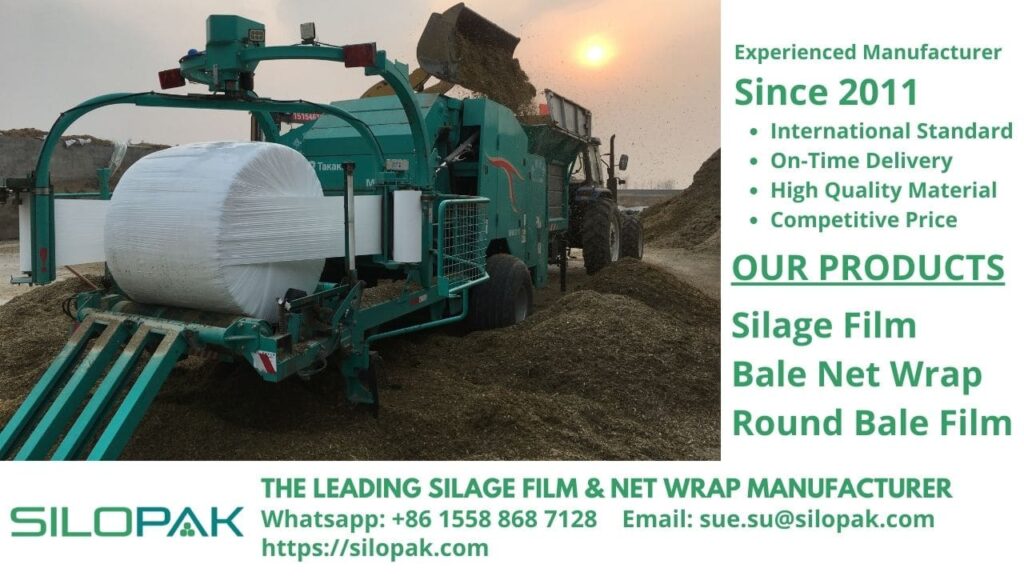
The process of making forage or silage is done properly and carefully. It is intended that the result of burning is of good quality, one of which is pH silage. In addition to paying attention to the heating process so that it is successful, the pH indicator also needs to be considered. The level of acidity (pH) of forage or other feed can affect the digestive system of animals, especially ruminants.
contents
What is pH?
Before discussing silage pH, consider the explanation of what pH is first. pH stands for potential hydrogen or often called the Power of Hydrogen. The degree of acidity is another term that is often referred to by many people. The degree of acidity or pH serves to express the level of acidity and or alkalinity possessed by a compound, substance, or solution.
The degree of acidity or alkalinity of a compound varies. For this reason, the pH is expressed in units of numbers. A substance, solution, or compound has a neutral point, which is 7.0. If a compound has a pH value below 7.0 then it is acidic.
Conversely, if a compound has a pH value above 7.0 then it is alkaline. Measuring the pH value is very important. First on world processing. One of them is the food that enters the digestive system of living things.
To make high-quality silage, you need a low pH. Why is that? Because these conditions can create a good environment for the process of preserving forage fodder. Where the environment has low oxygen levels. So that it can prevent the growth of spoilage bacteria, such as yeast, mold, and microbes called clostridia.
Good Silage pH
in general, a good pH for silage is 4.0. Try to keep it stable. However, this depends on the type of plant used as fermented forage for livestock. Because each type of plant has a pH standard to be given to livestock. For this reason, there is no specific standard for a good pH for silage. However, the number 4.0 in the pH of silage can be used as a benchmark for you when making it.
Although there is no specific value for good silage, there is one absolute or standard level, namely lactic acid. The pH of lactic acid itself is 3.5. But you can’t make silage with the same pH as lactic acid, right? To raise the pH of lactic acid, you can add acetic acid. This compound has a pH of 3.9 so it can dilute lactic acid.
Unsuccessful fermentation will result in silage with a pH of 4.8 or more. Of course, this will never be a stable silage. The solution to produce good pH silage is to add lactic acid. This is the key to getting silage with a stable pH.
What Happens if the pH of the Silage is Very Low?
The fermentation process may not work. The pH resulting from the fermentation process can be too alkaline or too acidic. The pH may be too acidic. If this silage is eaten by livestock, it will cause danger. Just imagine, a pH that is too low can devour something that you store. This is not impossible to happen to your silage.
Silage with a very high level of acidity is not only caused by a low pH when the fermentation process is finished. However, when the pH is unstable in the rumen, the pH of the silage changes to become more acidic. The silage pH plays a role in this, but not only that. Fermentation occurs in the rumen when it is feeding on silage, it also produces acidity and needs to be neutralized.
If the pH is too low, or less than 5.5, it will cause disturbance to livestock, especially cattle. The disturbance is in the form of acidosis, until the need for a whole diet. Disorders in the form of acidosis are found in the wider community. This happens because the feed management system is not correct.
What is Acidosis?
Acidosis is a condition where the rumen of ruminants (such as cattle) has a low pH. That is below the number 6.0 and the depletion of alkaline reserves in the blood and body tissues of livestock. then what is the ideal pH for livestock rumen? Ideally, livestock, especially ruminants, have a pH in the range of 6.0-7.0. Acidosis also occurs due to the provision of more concentrated feed than forage feed.
The condition of acidosis is the ease with which carbohydrates are digested by the digestive system, such as concentrate feed. This will cause the activity of bacteria in the rumen to increase.
With the increased activity of rumen bacteria, it will produce VFA compounds and lactic acid. It is well known that lactic acid is highly acidic. The increase in VFA and lactic acid compounds causes a decrease in rumen pH.
Not only that, other causes of acidosis are giving new feed to livestock but not gradually and the animals are in a state of stress. Then what is the impact if the pH of the rumen or the animal gets acidosis? That will cause rumen microbial activity to be disrupted. In addition, the digestive system in the rumen will also be disrupted. Thus, livestock will be more susceptible to disease.
Those are some points about pH silage and its impact on livestock that eat it. Always pay attention to the silage that you will give to your animals. Don’t let your livestock experience even acute acidosis. You can check the pH level in the silage before giving it to your livestock.

